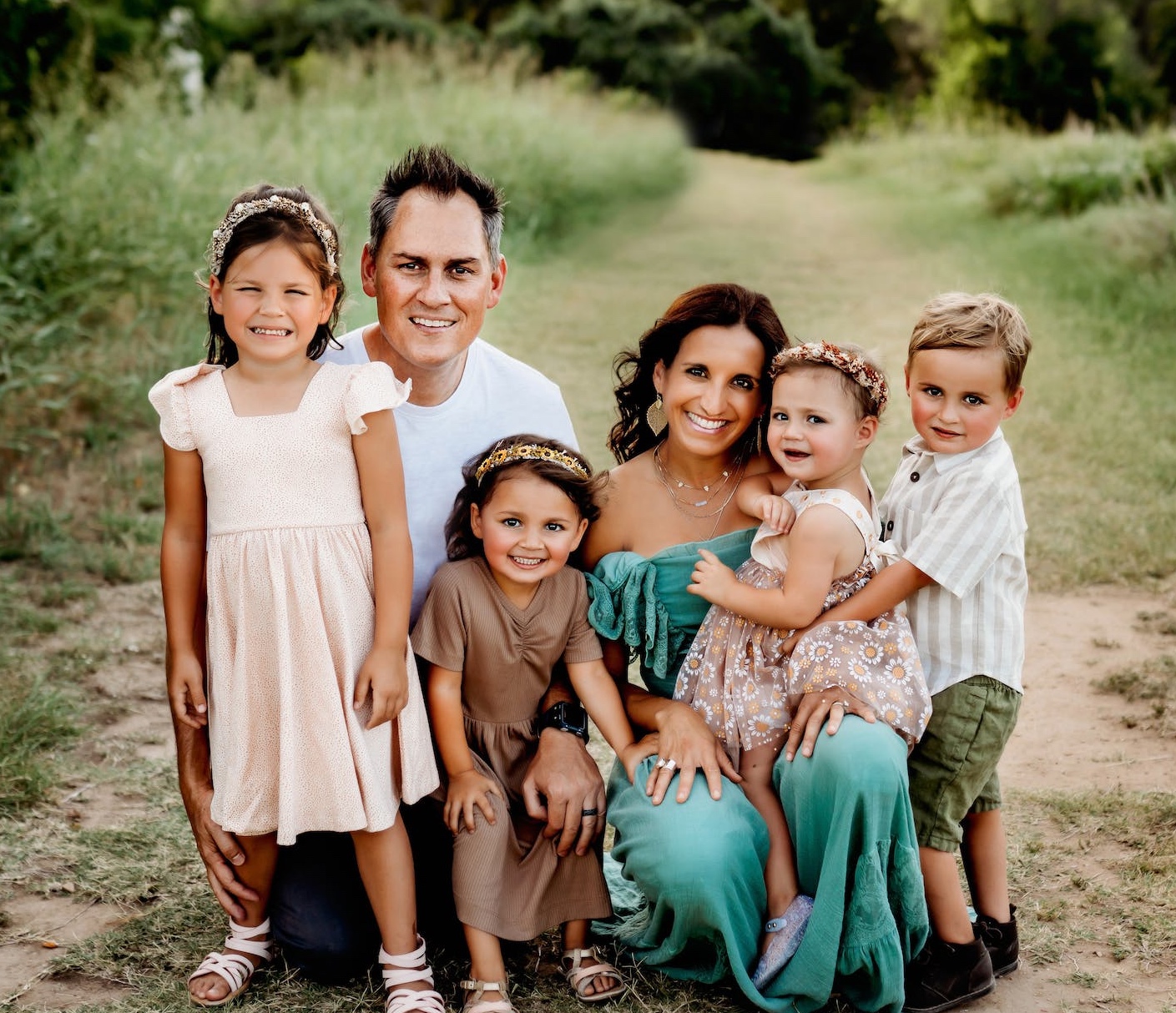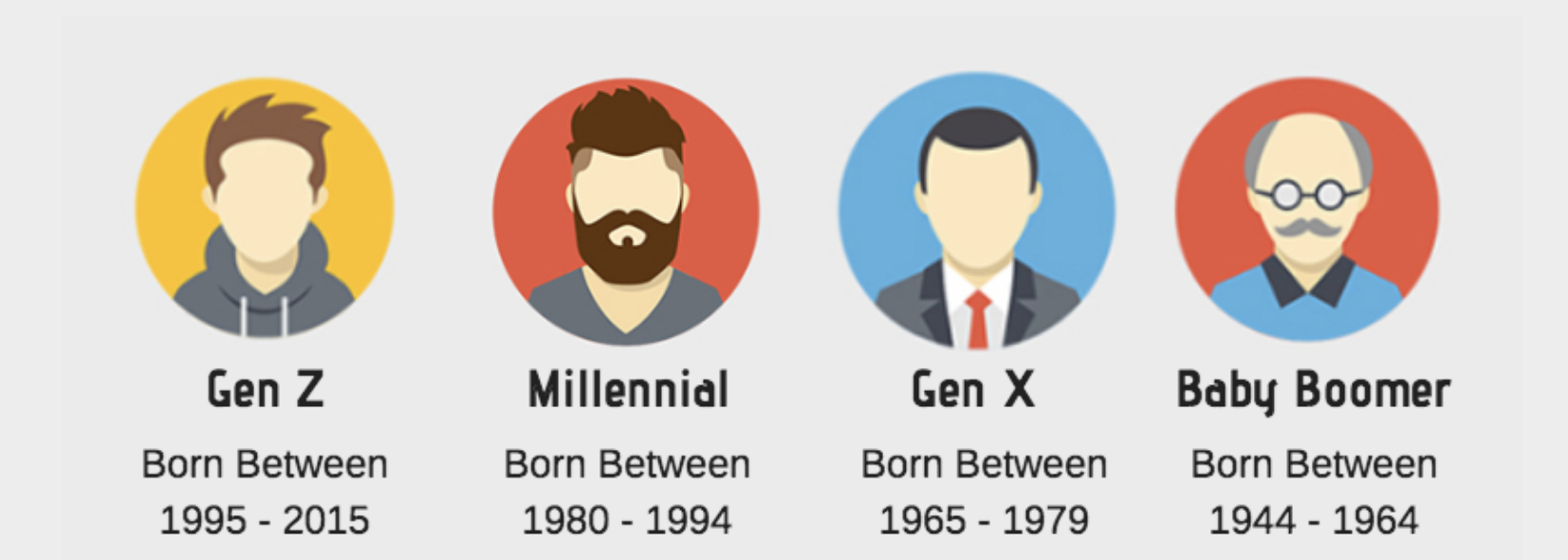There’s no shortage of reasons for shacking up with relatives—from financial benefits, to caregiving perks, to simple convenience. Whatever the reasons, multigenerational households in the U.S. are continuing to grow and are becoming much more commonplace.
Over the past two decades, the number of Americans living in multigenerational households—defined as those households containing three or more generations—has increased significantly, from 17.9 million in 2001, to 27.9 million in 2020. This amounts to an increase from 6.5% of the total American population living in multigenerational households in 2001, to 8.5% in 2020.
Inflation, a limited supply of affordable homes, and rapidly rising childcare costs make living with relatives an attractive, financially-smart decision for an increasing number of American families. For millennial adults who are staying in school longer, postponing or forgoing marriage, and delaying forming their own households, living with parents—both as singles and part of a couple starting a family—can be a natural way to soften the blow of outstanding student debt and lack of accumulated wealth. Parents with their own kids living with grandparents reap the benefits of live-in childcare, and moving in with family can also be a temporary solution for anyone saving for a house or looking for a more sustainable job.
Additionally, as the global average life expectancy continues to grow, older adults require caregiving for longer, and living with adult children is often preferable (and less costly) than hiring full-time care or retiring to a nursing home.
Of course, for some racial and ethnic groups, living with relatives and extended family has been a long-established part of their culture. In the United States, Asian, Black, and Hispanic Americans, who have contributed significantly to recent population growth, are more likely to live with extended family, contributing to the increased prevalence of multigenerational households.While multigenerational living is on the rise amongst non-Hispanic White Americans too, this group remains the least likely to live in multigenerational households.
Here is a summary of the data for California:
Percentage of population in multigenerational households: 12.3%
Percentage of households that are multigenerational: 5.9%
Total population in multigenerational households: 4,852,720
Total multigenerational households: 779,500
For reference, here are the statistics for the entire United States:
Percentage of population in multigenerational households: 8.3%
Percentage of households that are multigenerational: 3.8%
Total population in multigenerational households: 26,995,905
Total multigenerational households: 4,703,227
For more information, a detailed methodology, and complete results, you can find the original report on Filterbuy’s website: https://filterbuy.com/resources/cities-with-the-most-multigenerational-households/
































